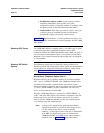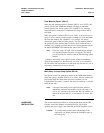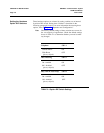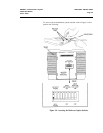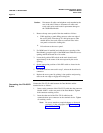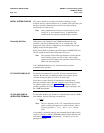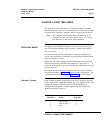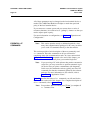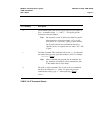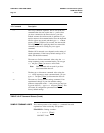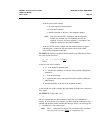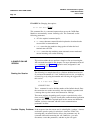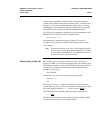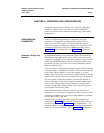
DEFINITY Communications System
CHAPTER 3: FIRST TIME USERS
7400B Data Module
User’s Guide
Page 3-1
OPERATING MODES
CHAPTER 3: FIRST TIME USERS
This chapter provides some basics on 7400B Data Module operation,
describes how to use a few AT commands that are essential for most data
communications operations, and then outlines a typical on-line session.
Note:
The commands for the data module are referred to as AT
commands because you must type the letters “AT” as the
first characters on the line for most commands.
Except when the 7400B Data Module is in a test mode, it is always in
one of two distinct operating states or modes: command mode and on-
line or data mode.
In command mode, the data module tries to interpret everything you
type on your keyboard as a command. In on-line mode, the data module
passes everything on as data.
While in on-line mode, typing a specific character three times in quick
succession (the factory-default escape sequence is 3 plus signs, or +++)
causes the data module to go into command mode without disconnecting
an active data call.
The operating modes, the escape sequence, and several AT commands
are explained further in Chapter 4, “Operation and Configuration.” All
AT commands are described fully in Appendix A, “AT Commands.”
Character Formats
In this context, character format refers to the form a character may take
locally, between the 7400B Data Module and your terminal device. The
elements that make up character format are often referred to as
communication parameters. Formats supported by the 7400B Data
Module are shown in Table 3-1.
Data Bits
Parity Stop Bits
7 even or odd
1
7
mark or space
1
8
none
1
TABLE 3-1 CHARACTER FORMATS




